Throughout history, the world has witnessed the emergence of numerous exceptional artists who have created breathtaking masterpieces.
These visionary artists have left an indelible mark on the art world and reshaped how we perceive and appreciate art today. Join us as we embark on a journey to explore the lives and iconic artworks of 20 of the most renowned artists who ever lived, spanning across different eras and artistic movements.
Table of Contents
- The Timeless Legacy Of Legendary 20 Artists: Exploring The Pinnacle Years
- Leonardo da Vinci (1452–1519) – The Renaissance Maestro
- Michelangelo (1475–1564) – The Sculptor Of The Ages
- Rembrandt (1606–1669) – The Master Of Light And Shadow
- Johannes Vermeer (1632–1675) – The Master Of Light And Color
- Vincent van Gogh (1853–1890) – The Tormented Genius
- Claude Monet (1840–1926) – The Impressionist Pioneer
- Pablo Picasso (1881–1973) – The Innovator Of Modern Art
- Georgia O’Keeffe (1887–1986) – The Visionary Of American Modernism
- Salvador Dalí (1904–1989) – The Surrealist Maestro
- Henri Matisse (1869–1954) – The Master Of Color And Form
- Egon Schiele (1890–1918) – The Expressionist Provocateur
- Jackson Pollock (1912–1956) – The Pioneer Of Abstract Expressionism
- Andy Warhol (1928–1987) – The Pop Art Icon
- Frida Kahlo (1907–1954) – The Self-Portraitist Of Pain And Resilience
- Gustav Klimt (1862–1918) – The Symbolist Visionary
- Paul Cézanne (1839–1906) – The Father Of Modern Art
- Raphael (1483–1520) – The Renaissance Master
- J. M. W. Turner (1775–1851) – The Romantic Landscape Painter
- Pierre-Auguste Renoir (1841–1919) – The Impressionist Luminary
- Edward Hopper (1882–1967) – The Realist Storyteller
- Frequently Asked Questions
- Related Questions
The Timeless Legacy Of Legendary 20 Artists: Exploring The Pinnacle Years
Art reflects the human spirit, an avenue through which we convey our emotions, thoughts, and perspectives. Certain artists have emerged as titans throughout history, leaving an indelible mark on art. Their works continue to captivate and inspire generations. In this exploration of art history, we delve into the top artist years of some of the greatest luminaries, examining the reasons behind their enduring greatness.
Leonardo da Vinci (1452–1519) – The Renaissance Maestro
Leonardo da Vinci, often referred to as the quintessential Renaissance man, lived in a time of remarkable intellectual and artistic advancement. In the years he spent from 1452 to 1519, he was able to shape his legacy.
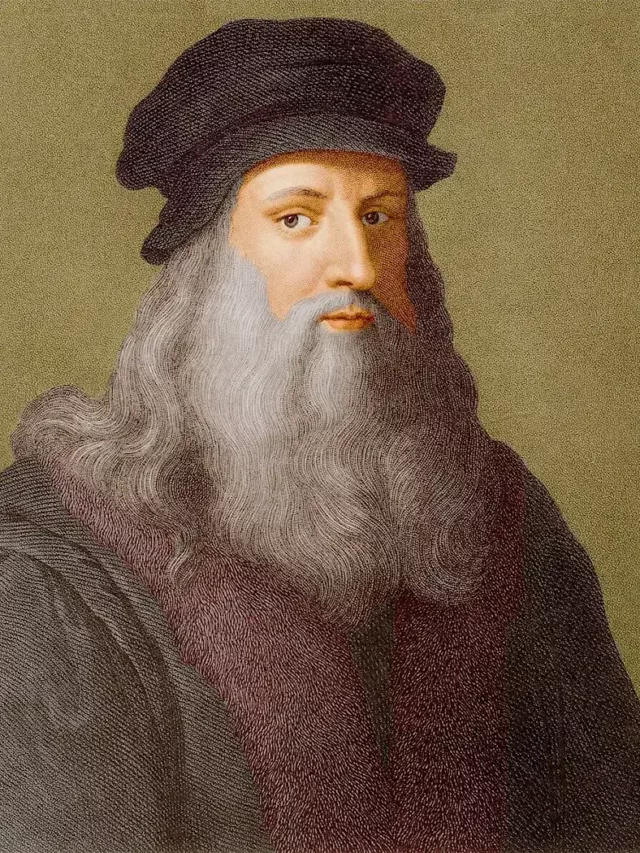
During this period, he produced masterpieces like the Mona Lisa and The Last Supper, showcasing his unrivaled talent as a painter.
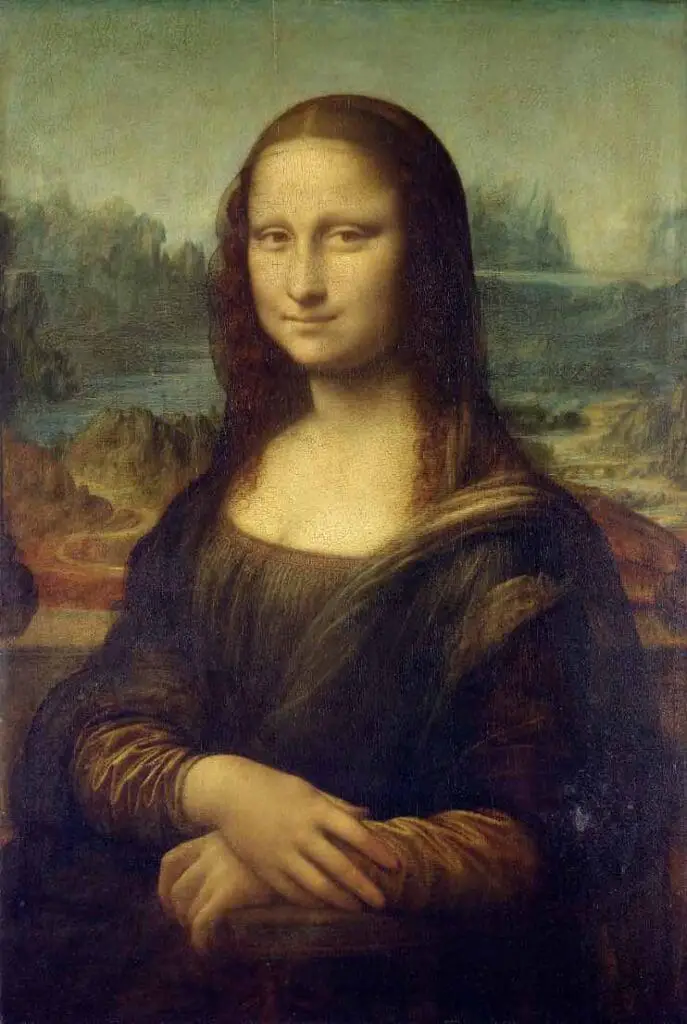
Leonardo’s greatness lies not only in his artistic prowess but also in his insatiable curiosity about the world. His notebooks are filled with scientific observations, sketches of inventions, and anatomical studies.
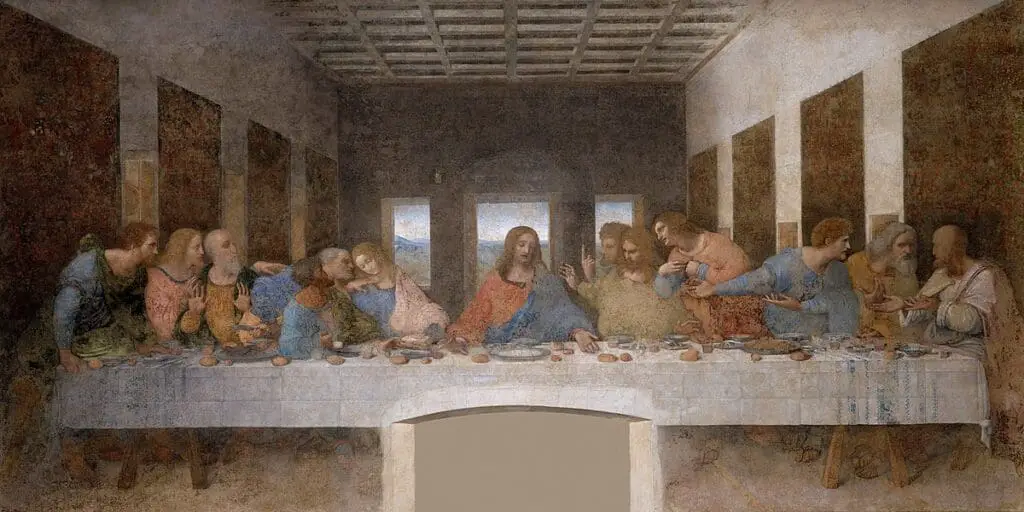
Leonardo’s ability to seamlessly merge art and science marked a turning point in the history of human creativity, earning him a place among the greatest artists of all time.
Michelangelo (1475–1564) – The Sculptor Of The Ages
Michelangelo Buonarroti, another luminary of the Italian Renaissance, lived from 1475 to 1564. His peak years saw the creation of some of the most iconic sculptures and paintings in history.
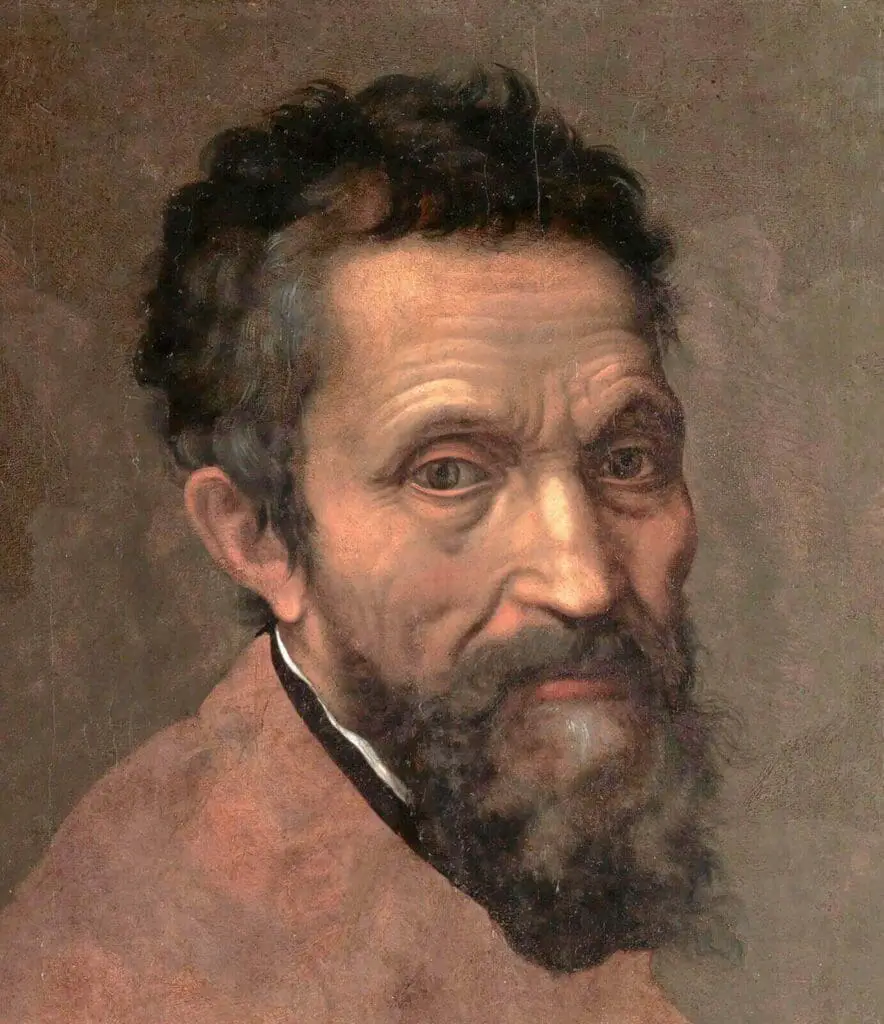
Michelangelo’s contributions to art are perhaps most evident in his sculptural masterpieces, such as the statue of David and the Pieta.
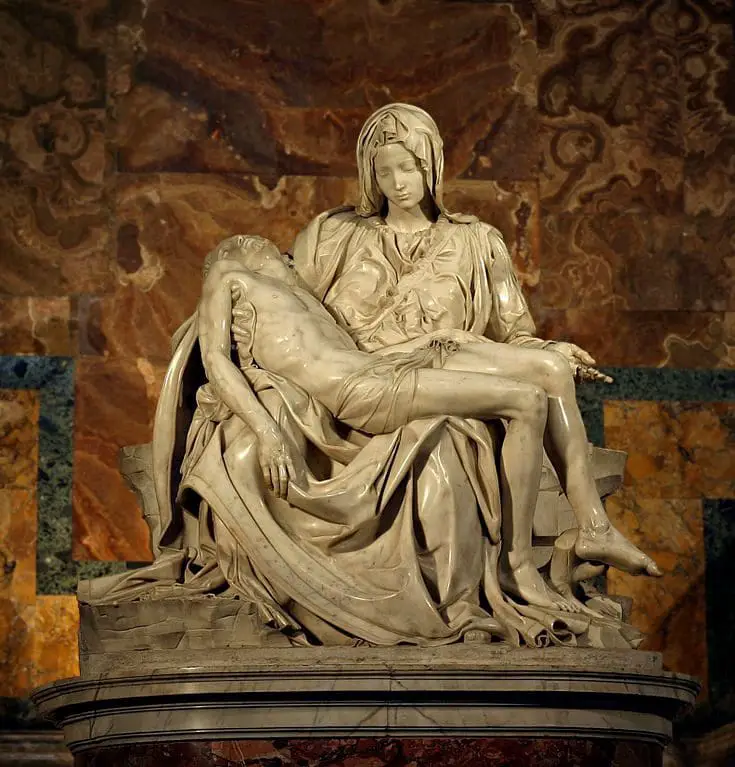
One of his most ambitious projects during this time was painting the Sistine Chapel ceiling, a monumental work that took four years to complete.
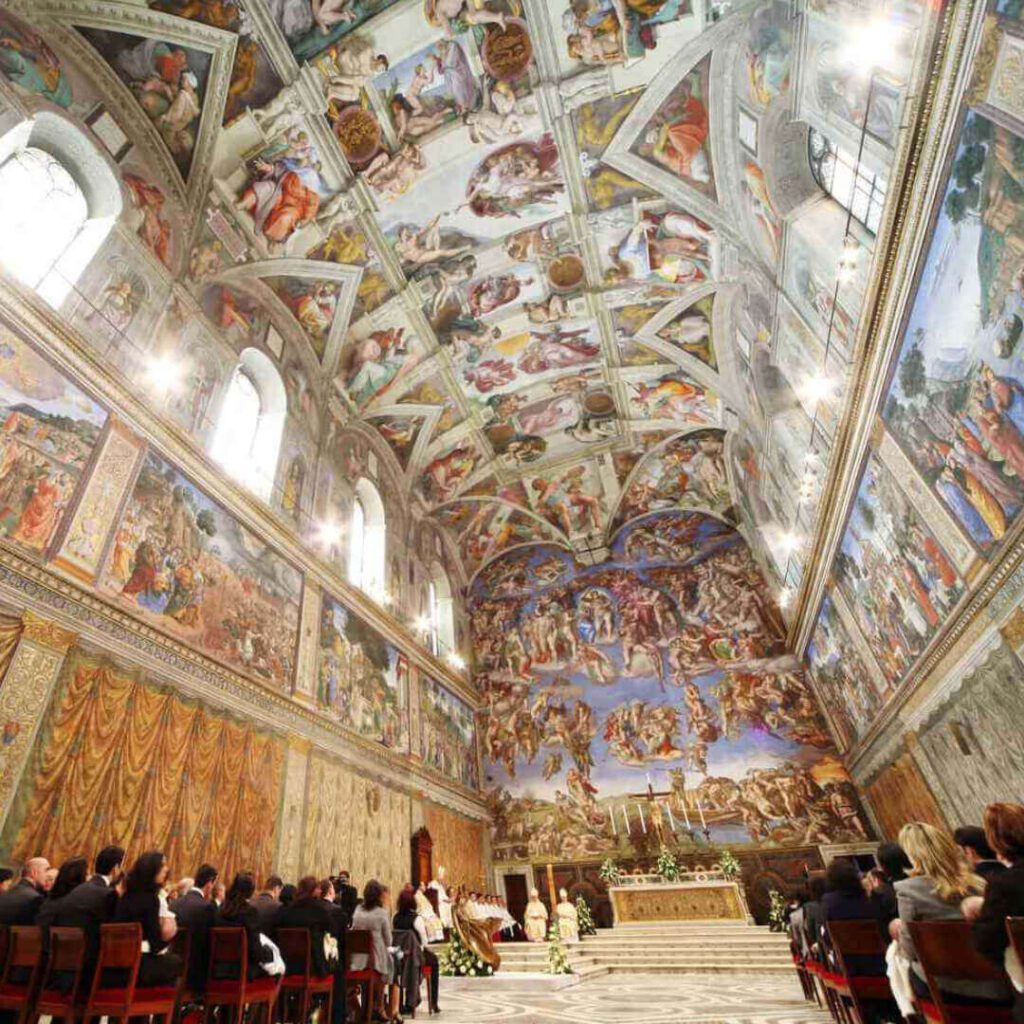
The grandeur and complexity of this fresco established Michelangelo as a true artistic genius whose influence extended beyond his lifetime.
Rembrandt (1606–1669) – The Master Of Light And Shadow
The Dutch Golden Age produced many renowned artists, but none are as revered as Rembrandt Harmenszoon van Rijn. Born in 1606, Rembrandt’s career reached its zenith during the 17th century, characterized by a flourishing art market in the Netherlands.
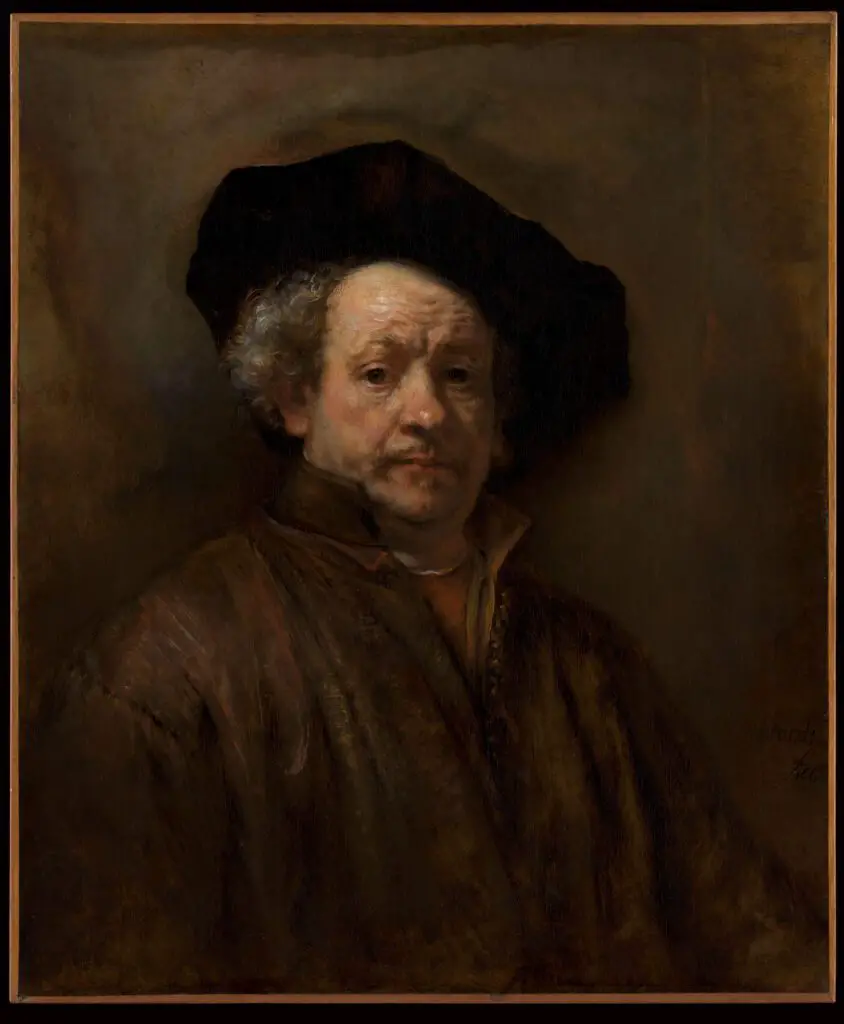
His innovative use of light and shadow, known as chiaroscuro, defined his style and set him apart.
During his peak years, Rembrandt created some of his most celebrated works, including “The Night Watch” and a series of poignant self-portraits that offer a window into his inner world.
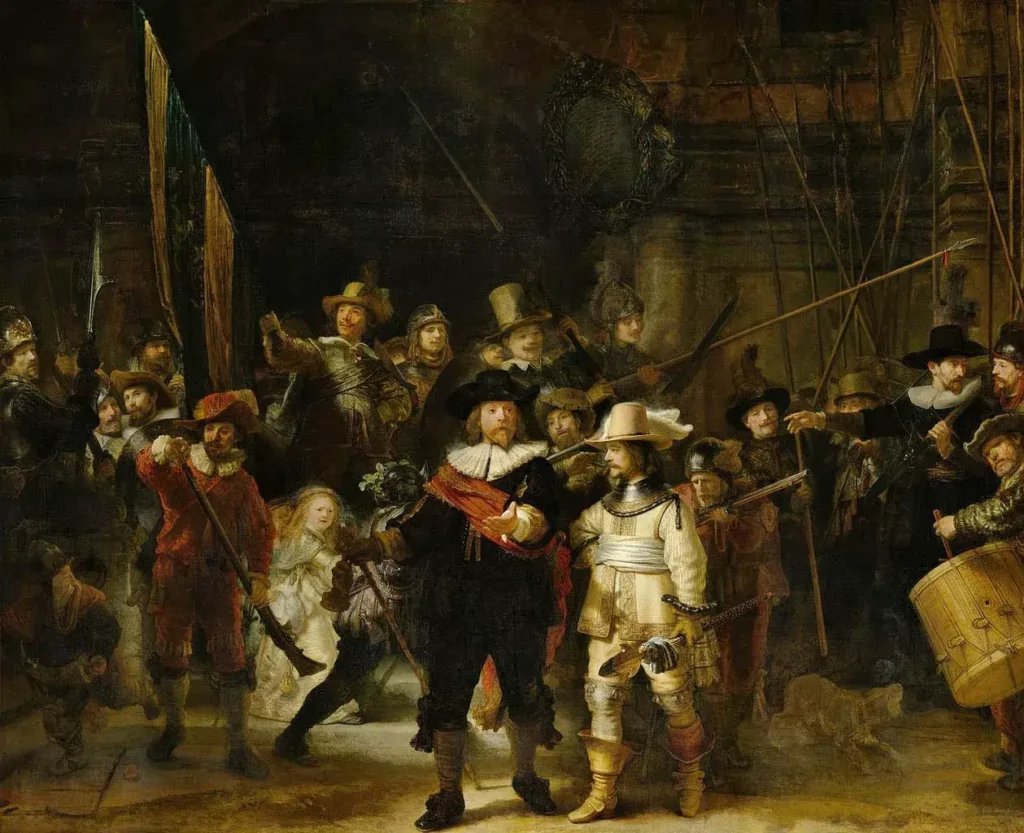
His ability to infuse his paintings with emotion and psychological depth made him a master of the Dutch Baroque era.
Johannes Vermeer (1632–1675) – The Master Of Light And Color
Johannes Vermeer, a Dutch painter, lived from 1632 to 1675, leaving an indelible mark on the art world. His use of light and color was nothing short of revolutionary.
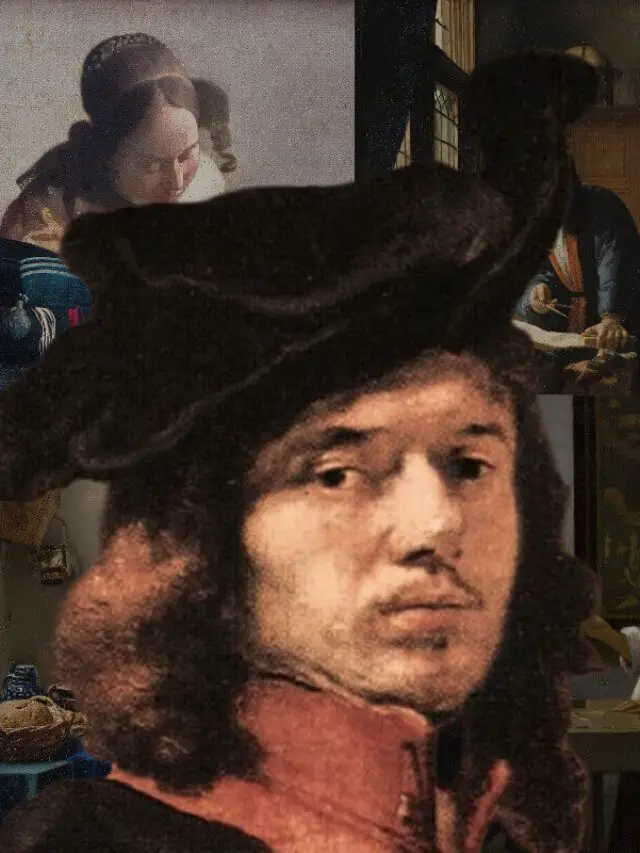
Vermeer’s works, such as “Girl with a Pearl Earring” and “The Milkmaid,” demonstrate his remarkable skill in capturing the subtleties of everyday life.
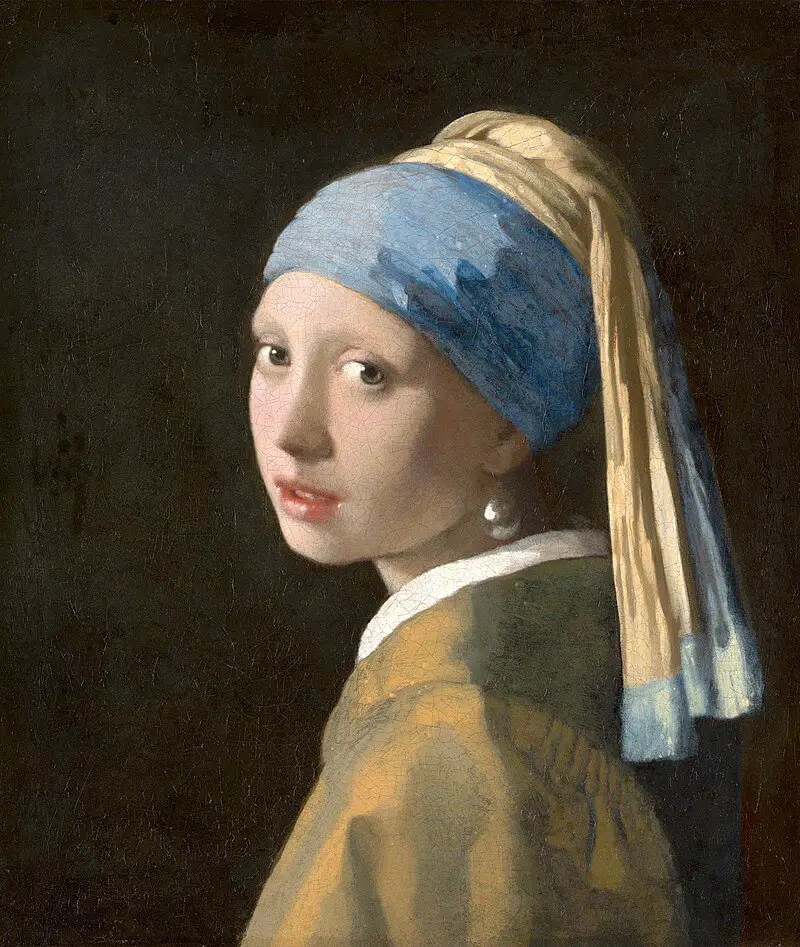
Vermeer’s paintings often feature scenes of domestic life infused with an otherworldly luminosity. His meticulous attention to detail and mastery of technique continue to mesmerize art enthusiasts and scholars alike.
Vincent van Gogh (1853–1890) – The Tormented Genius
Vincent van Gogh’s tumultuous life and brilliant artistry are intrinsically intertwined. Born in 1853, van Gogh’s brief but intense career as a painter spanned over a decade, during which he created some of the most iconic works in art history.
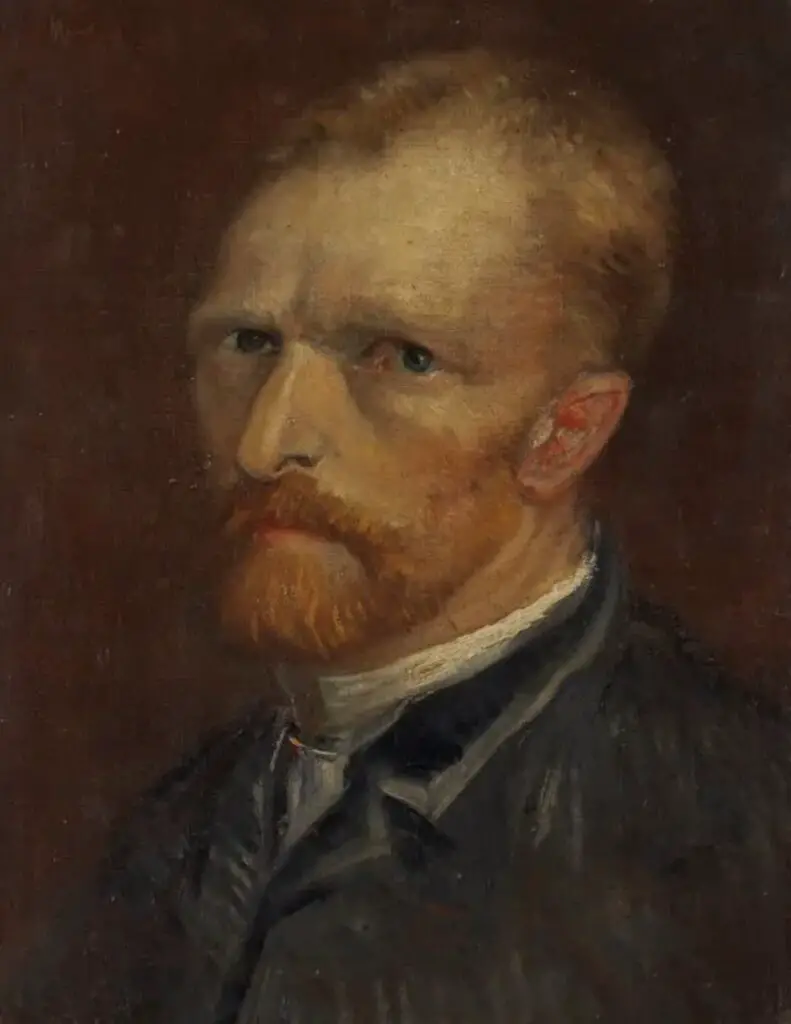
His bold use of color and emotional intensity set him apart.
The years from 1881 to 1890 were pivotal for van Gogh, as they marked the period during which he produced masterpieces like “Starry Night,” “Sunflowers,” and “The Bedroom.
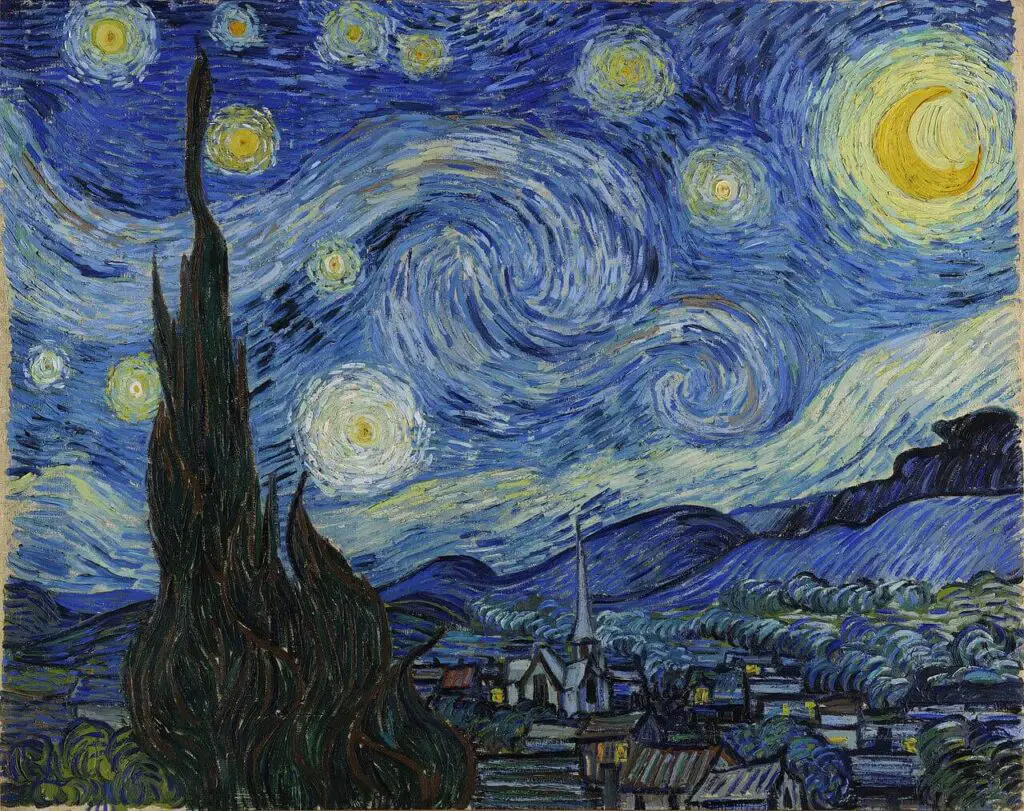
Despite personal struggles and mental health issues, van Gogh’s art remains a testament to the power of creativity and the human spirit’s resilience.
Claude Monet (1840–1926) – The Impressionist Pioneer
Claude Monet, one of the pioneers of the Impressionist movement, lived from 1840 to 1926. His dedication to capturing the fleeting effects of light and atmosphere in nature was groundbreaking.
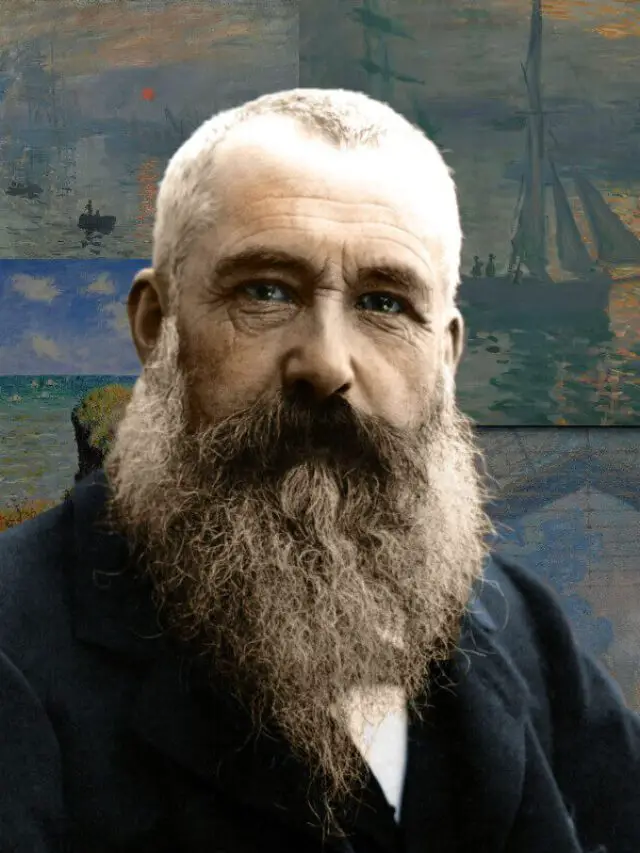
Monet’s works, such as the series of Water Lilies and Haystacks, are emblematic of his innovative approach to painting.

Monet’s peak years in the late 19th and early 20th centuries saw him at the forefront of the Impressionist movement, influencing countless artists who followed. His ability to evoke emotion through brushstrokes and color transcended traditional artistic boundaries.
Pablo Picasso (1881–1973) – The Innovator Of Modern Art
Pablo Picasso’s prolific career spanned the 20th century, making him one of the most influential artists ever. Born in 1881, Picasso’s innovative approach to art shattered conventional norms and ushered in a new era of creativity.
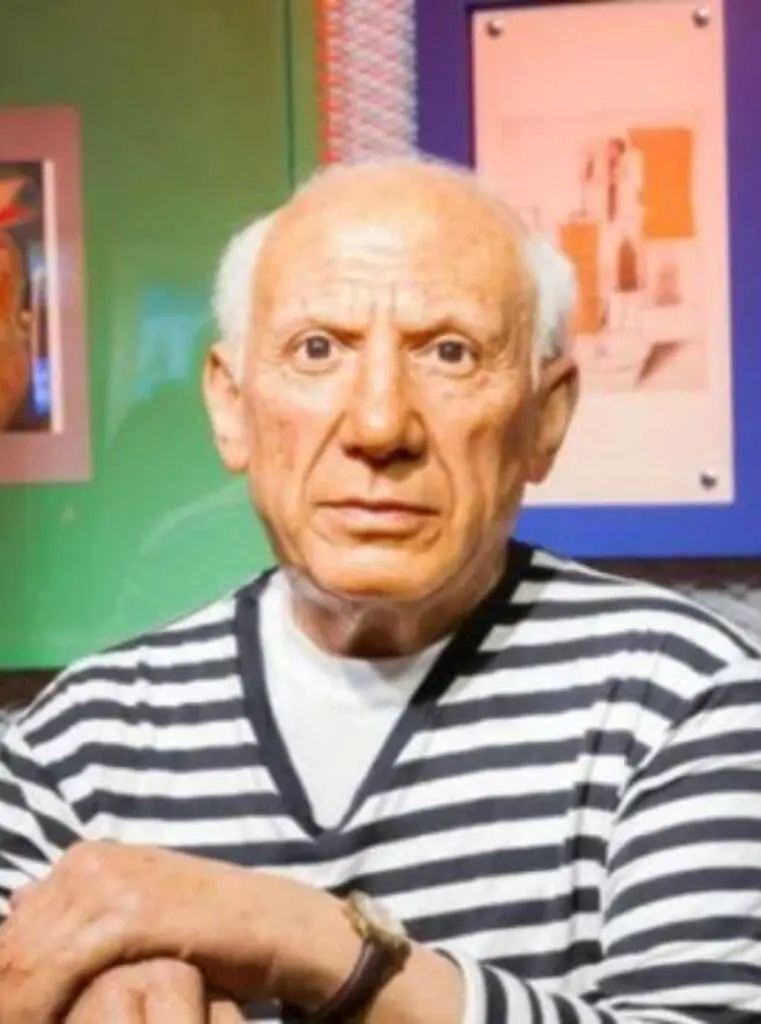
His ability to explore various styles and movements throughout his lifetime is a testament to his versatility.
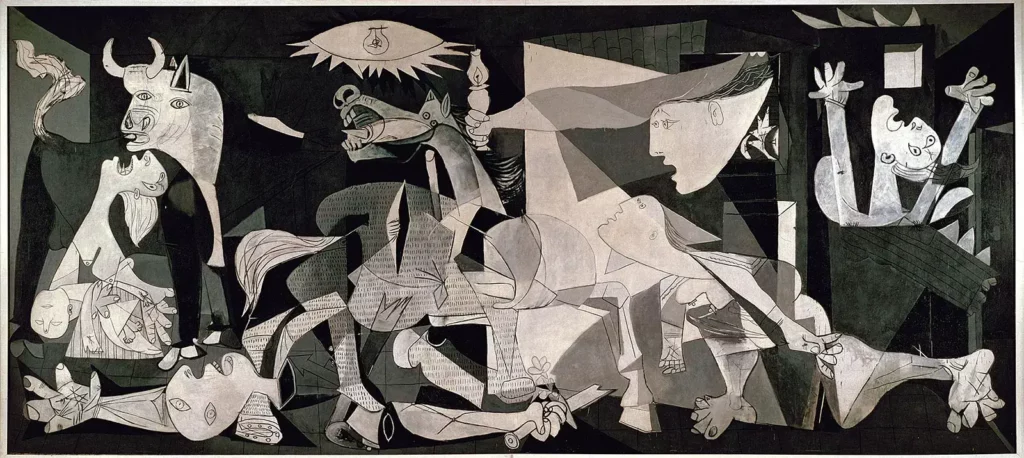
Picasso’s peak years, from the early 1900s to the mid-20th century, witnessed the creation of iconic works like “Les Demoiselles d’Avignon,” “Guernica,” and “The Weeping Woman.” His contributions to Cubism, Surrealism, and Abstract art redefined the boundaries of artistic expression.
Georgia O’Keeffe (1887–1986) – The Visionary Of American Modernism
Georgia O’Keeffe, one of America’s most celebrated artists, lived from 1887 to 1986. Her pioneering approach to art and her unique perspective on the American landscape set her apart from her contemporaries.

O’Keeffe’s peak years during the early 20th century saw the emergence of her distinctive style.
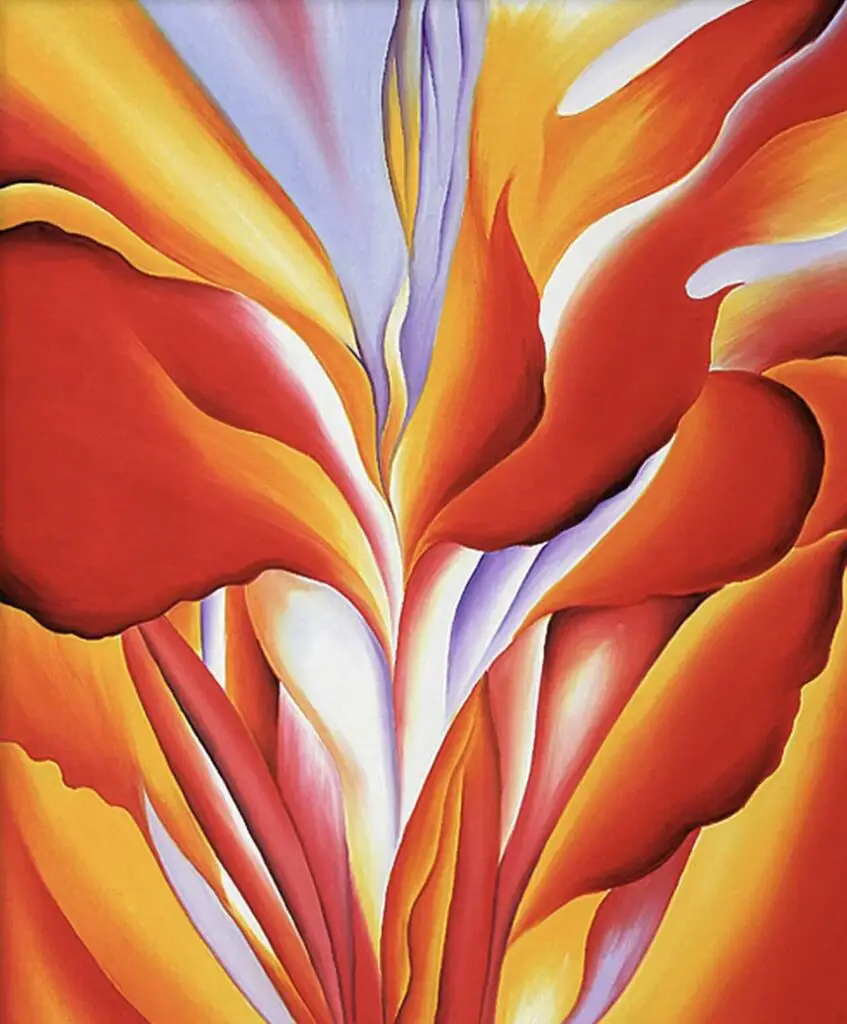
O’Keeffe’s paintings of enlarged flowers, New York skyscrapers, and the vast landscapes of New Mexico are characterized by bold colors and a sense of abstraction. Her ability to capture the essence of the American Southwest and transcend traditional artistic boundaries earned her a prominent place in the history of American modernism.
Salvador Dalí (1904–1989) – The Surrealist Maestro
Salvador Dalí, born in 1904, was a crucial figure in the Surrealist movement. His peak years during the 1920s and 1930s saw the creation of some of art history’s most iconic and eccentric artworks.
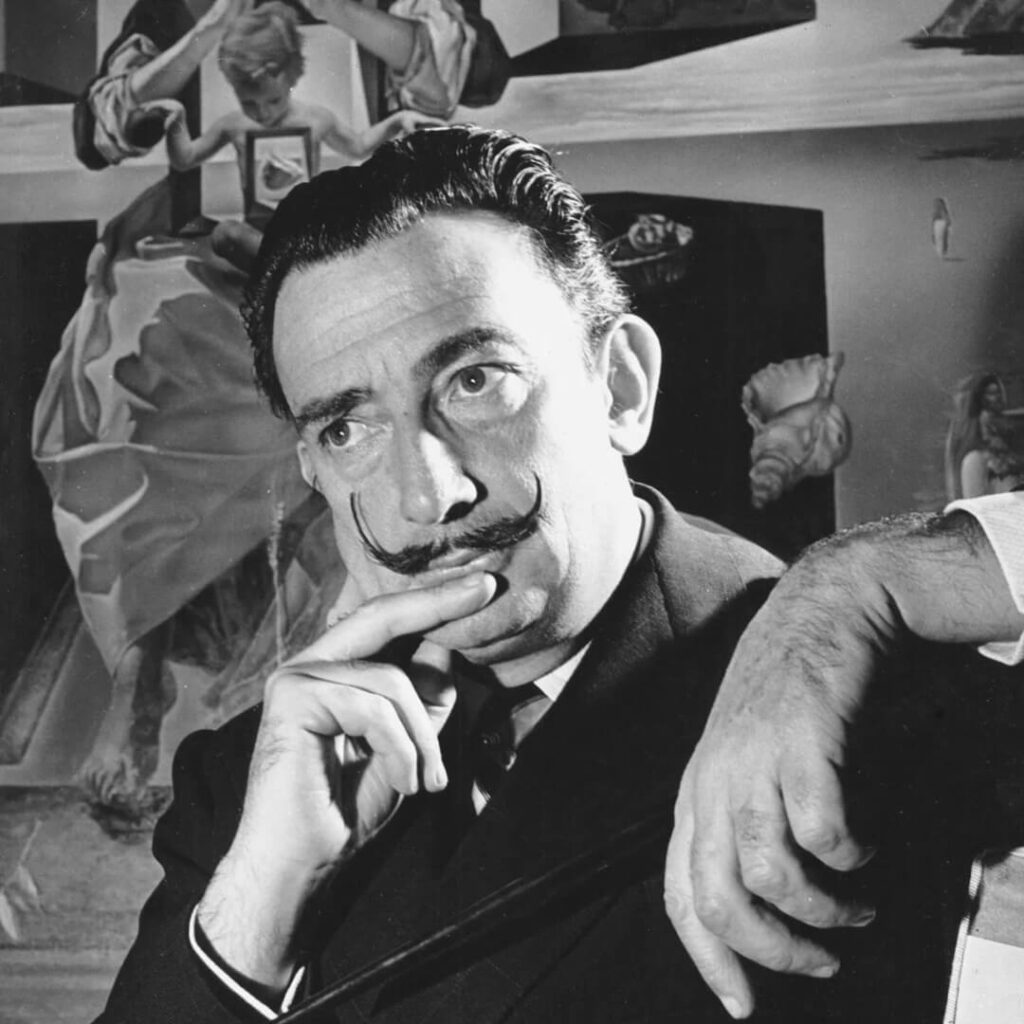
Dalí’s exploration of the subconscious mind and dreams through his art set him apart from his contemporaries.
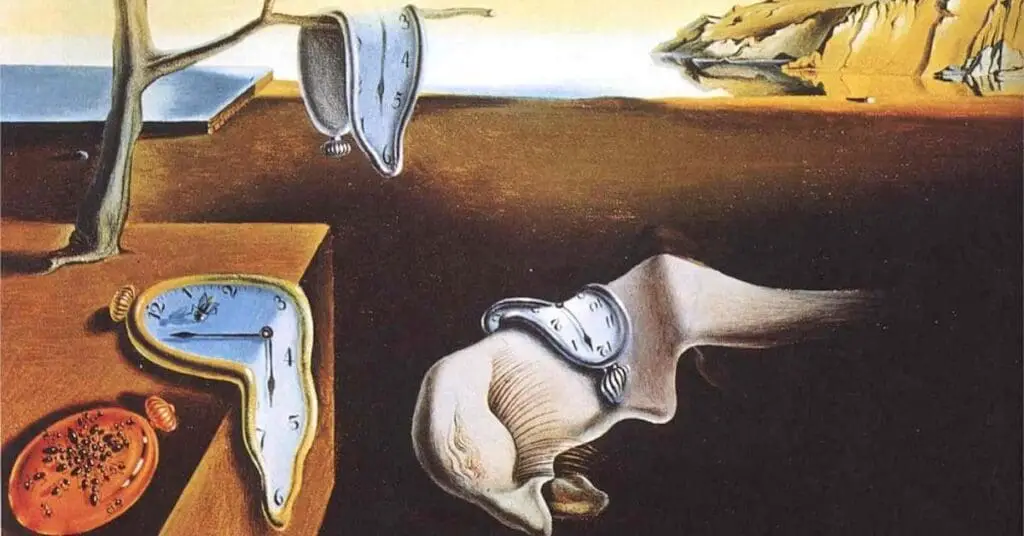
Dalí’s paintings, such as “The Persistence of Memory” and “Swans Reflecting Elephants,” are characterized by melting clocks, distorted figures, and dreamlike landscapes. His ability to challenge reality and evoke a sense of wonder in viewers remains a testament to his lasting impact on Surrealism.
Henri Matisse (1869–1954) – The Master Of Color And Form
Henri Matisse, a leader of the Fauvist movement, lived from 1869 to 1954. His innovative use of color and form revolutionized modern art. Matisse’s peak years during the early 20th century marked a period of artistic exploration and experimentation.
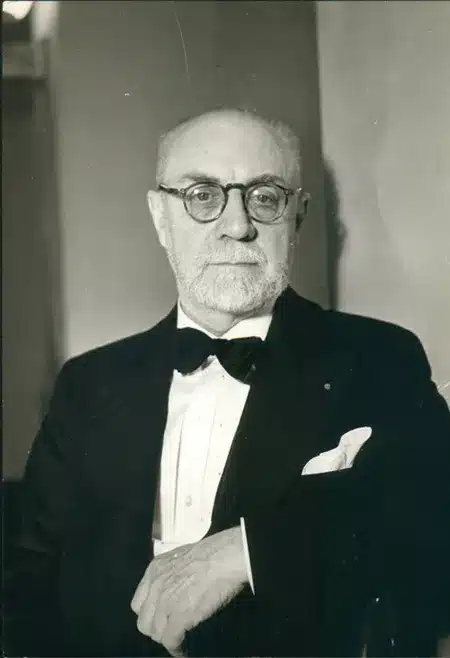
Matisse’s works, such as “The Dance” and “The Red Studio,” are characterized by bold, vibrant colors and simplified forms. He believed in the expressive power of color and its ability to convey emotions.
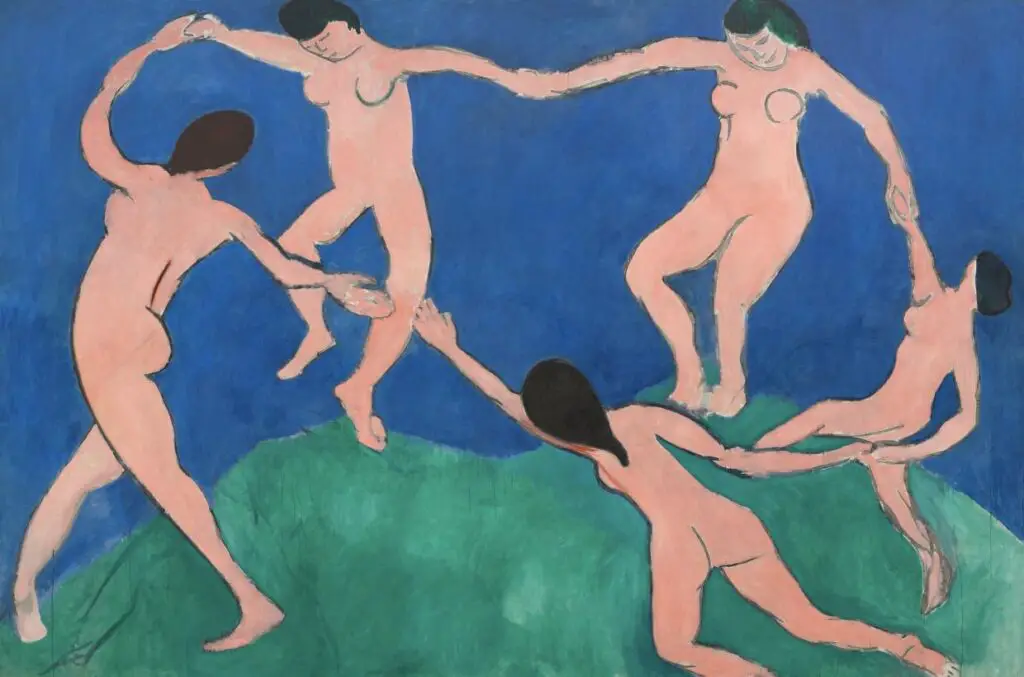
Matisse’s ability to distill complex subjects into their essential elements left an indelible mark on the development of modern art.
Egon Schiele (1890–1918) – The Expressionist Provocateur
Egon Schiele, an Austrian painter, lived from 1890 to 1918. A bold and provocative approach to portraiture and the human form marked his brief yet intense career as an Expressionist artist.

Schiele’s peak years during the early 20th century saw the creation of striking and often controversial works.
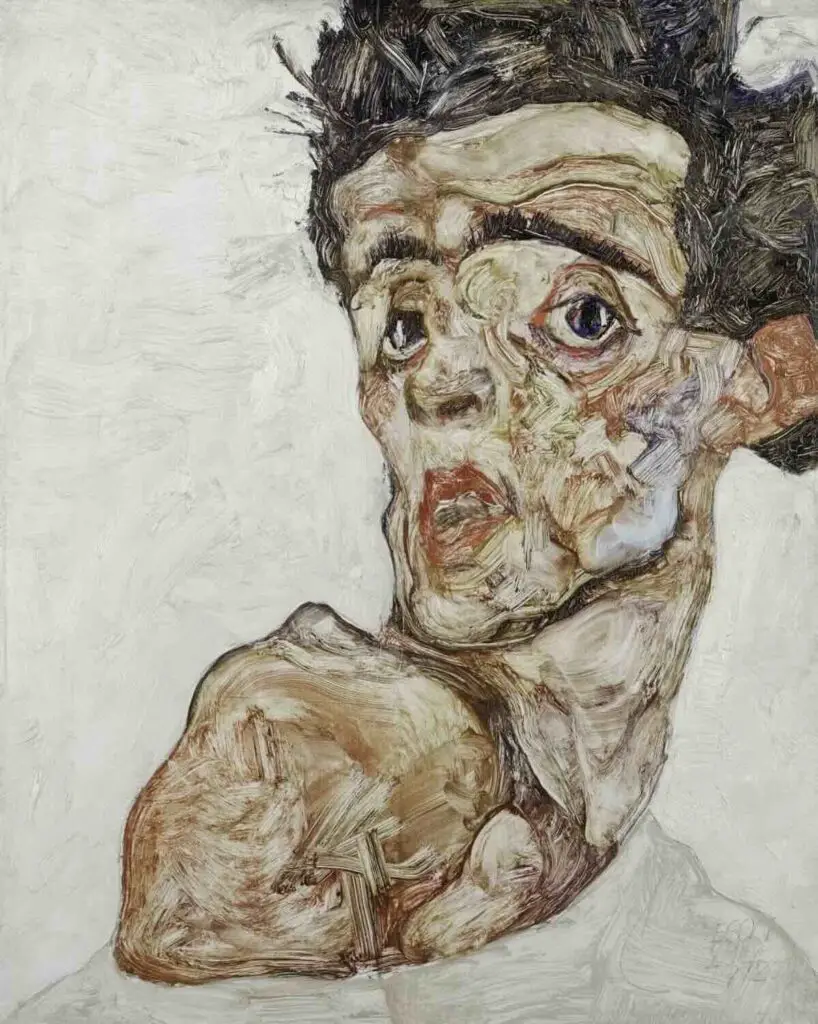
Schiele’s drawings and paintings, such as “Self-Portrait with Raised Bare Shoulder” and “Portrait of Wally,” are characterized by distorted figures, raw emotion, and a sense of psychological intensity. His willingness to challenge societal norms and delve into the darker aspects of human existence made him a pioneering figure in Expressionism.
Jackson Pollock (1912–1956) – The Pioneer Of Abstract Expressionism
Jackson Pollock, an American artist, lived from 1912 to 1956 and is renowned for his groundbreaking contributions to Abstract Expressionism. His peak years during the mid-20th century marked a period of radical experimentation with paint and canvas.

Pollock’s “drip paintings,” such as “Autumn Rhythm” and “Number 1A, 1948,” are characterized by a spontaneous and chaotic style. He rejected traditional painting methods and embraced a gestural and emotionally charged approach.
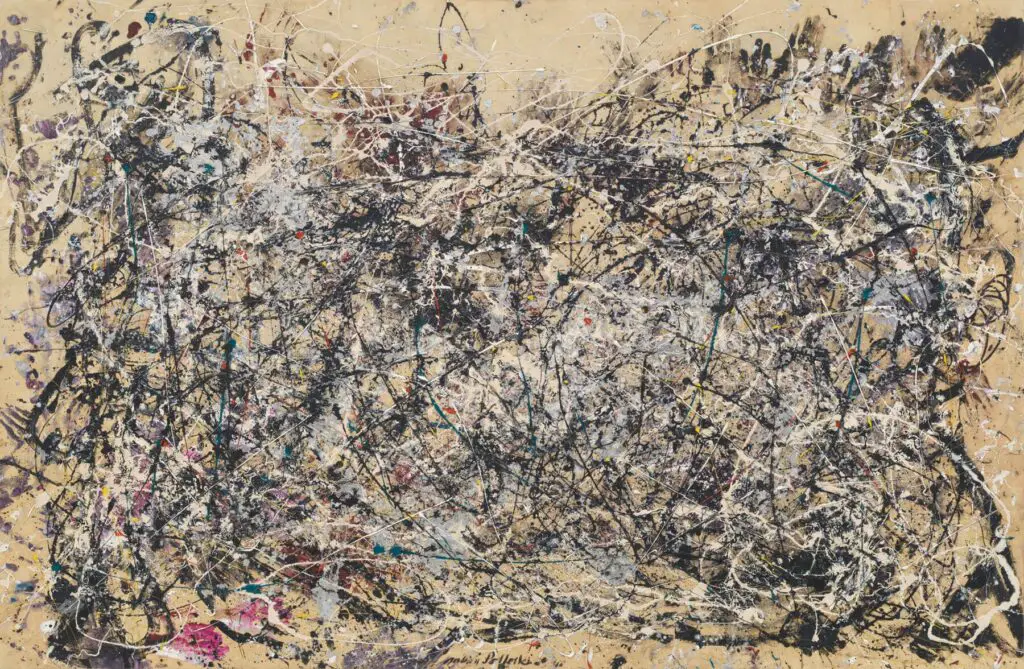
Pollock’s ability to convey inner turmoil and a sense of the subconscious through his art revolutionized the abstract art movement.
Andy Warhol (1928–1987) – The Pop Art Icon
Andy Warhol, born in 1928, is synonymous with the Pop Art movement that emerged during the mid-20th century. His peak years saw the creation of iconic works that celebrated and critiqued consumer culture and celebrity.
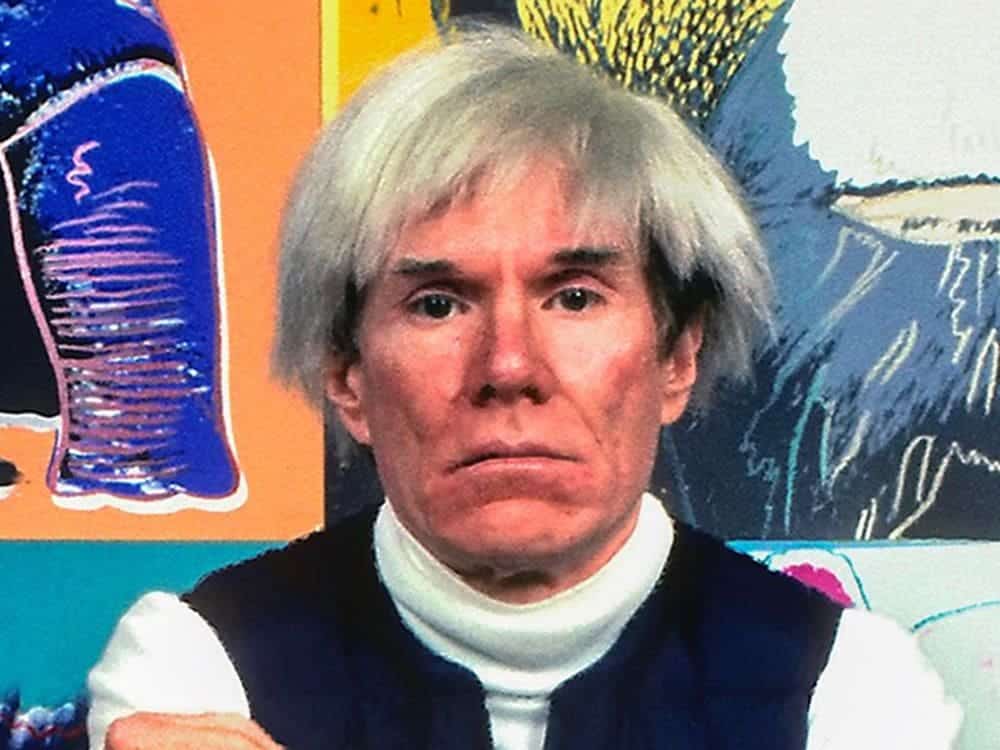
Warhol’s ability to elevate everyday objects and figures to the status of art set him apart as a cultural visionary.

Warhol’s paintings, such as “Campbell’s Soup Cans” and “Marilyn Diptych,” are characterized by repetition and vibrant color. His use of mass production techniques challenged traditional notions of originality in art.
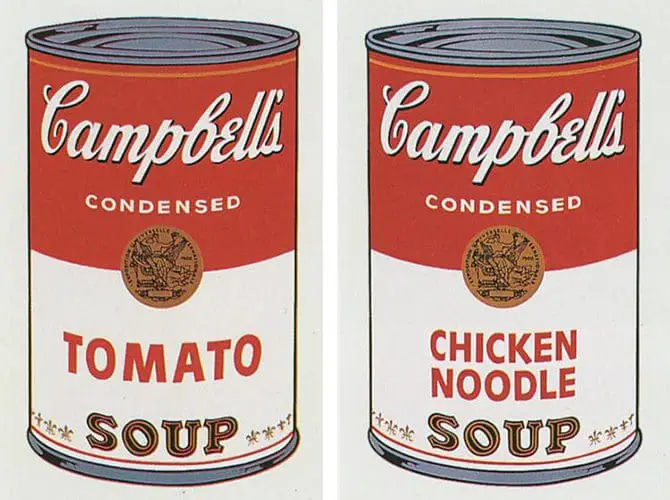
Warhol’s impact on contemporary art and culture is immeasurable, as he bridged the gap between fine art and popular culture.
Frida Kahlo (1907–1954) – The Self-Portraitist Of Pain And Resilience
Frida Kahlo, a Mexican artist, lived from 1907 to 1954 and is celebrated for her emotionally charged self-portraits. Her peak years during the mid-20th century saw the creation of deeply personal and symbolic works that explored her physical and emotional pain.

Kahlo’s paintings, such as “The Two Fridas” and “Self-Portrait with Thorn Necklace and Hummingbird,” are characterized by vivid color, surreal imagery, and a sense of introspection.
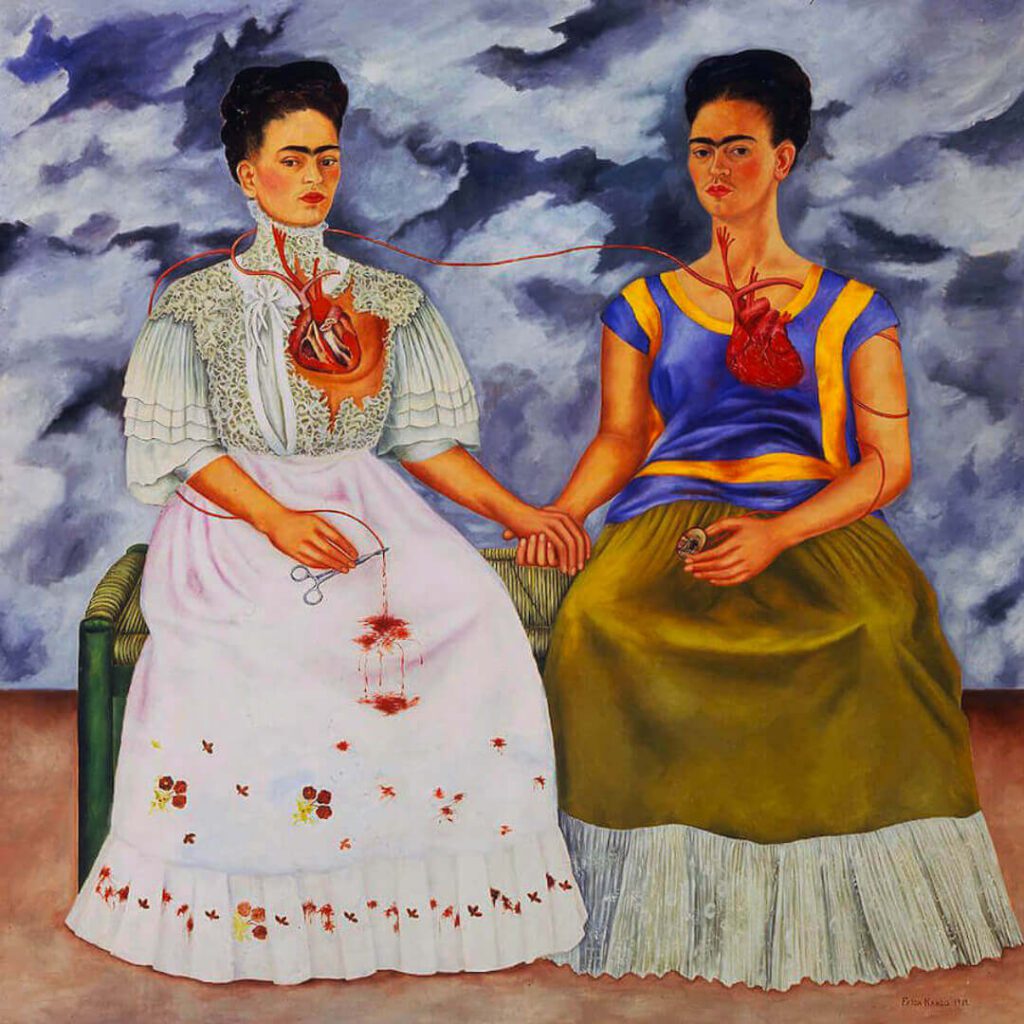
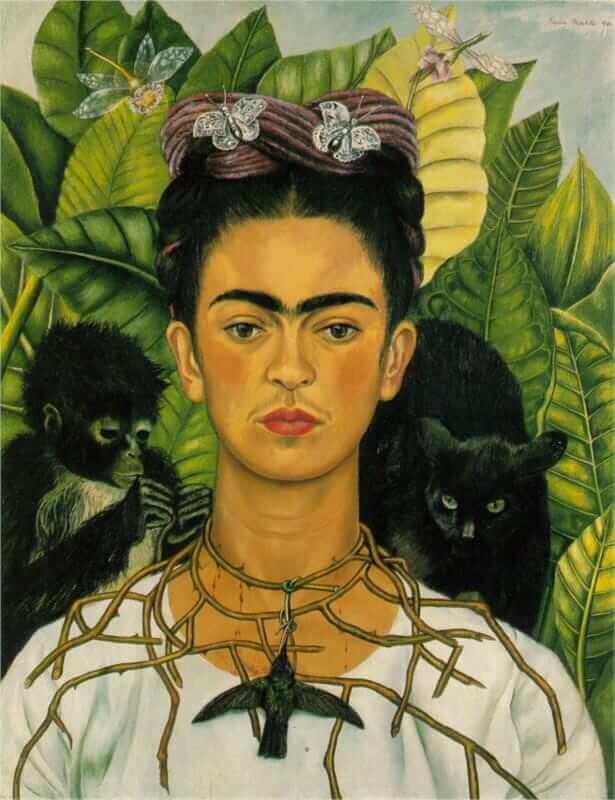
Her ability to convey her innermost struggles and resilience through her art has made her an enduring feminist icon and a symbol of empowerment.
Gustav Klimt (1862–1918) – The Symbolist Visionary
Gustav Klimt, an Austrian symbolist painter, lived from 1862 to 1918. His peak years during the late 19th and early 20th centuries marked a period of artistic exploration and the co-founding of the Vienna Secession movement.

Klimt’s paintings, such as “The Kiss” and “Portrait of Adele Bloch-Bauer I,” are characterized by intricate patterns, symbolism, and sensuality.

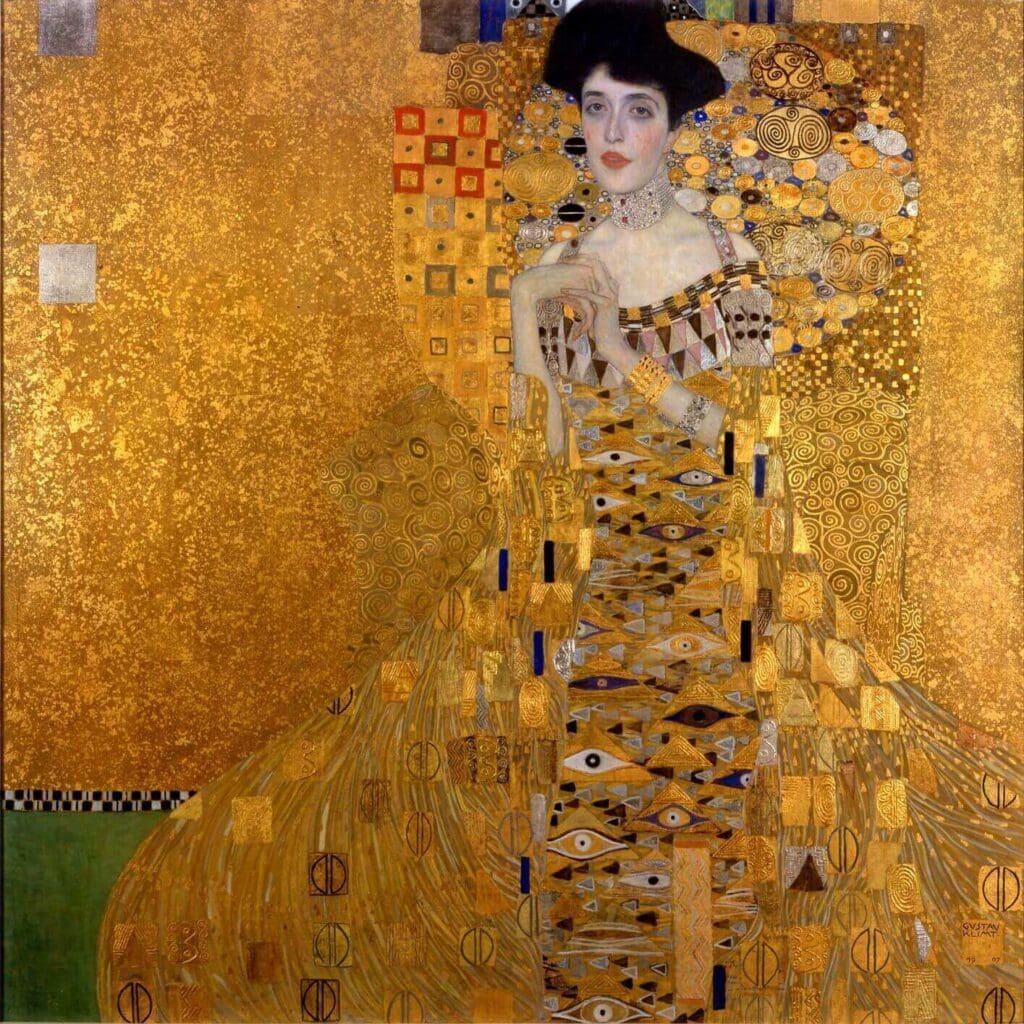
His ability to blend traditional and avant-garde elements in his work made him a central figure in Vienna’s cultural Renaissance.
Paul Cézanne (1839–1906) – The Father Of Modern Art
Paul Cézanne, a French Post-Impressionist painter, lived from 1839 to 1906. His peak years during the late 19th and early 20th centuries marked a period of profound innovation and paved the way for modern art movements.

Cézanne’s paintings, such as “Mont Sainte-Victoire” and “Still Life with Apples,” are characterized by their exploration of form, color, and spatial relationships.
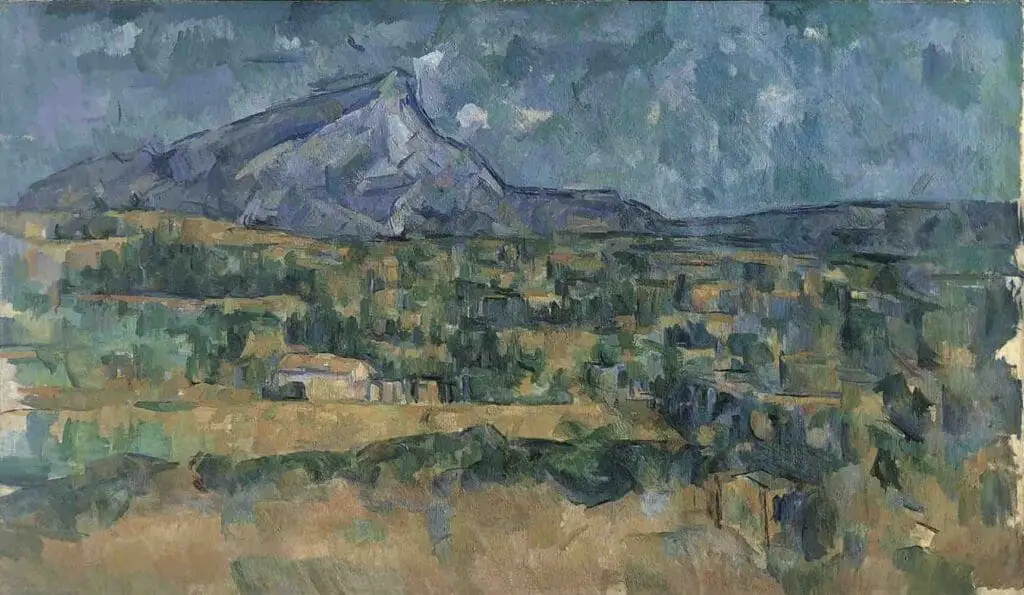

His emphasis on geometric shapes and the simplification of nature laid the foundation for Cubism and modern abstraction.
Raphael (1483–1520) – The Renaissance Master
Raphael Sanzio, an Italian painter and architect, lived from 1483 to 1520 and is celebrated as one of the three great High Renaissance artists, alongside Leonardo da Vinci and Michelangelo.
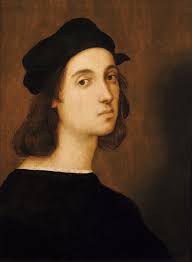
Raphael’s peak years during the early 16th century saw the creation of masterpieces like “The School of Athens” and “The Sistine Madonna.” His works are characterized by harmony, balance, and meticulous attention to detail.

Raphael’s contributions to the development of perspective and idealized beauty continue influencing art today.
J. M. W. Turner (1775–1851) – The Romantic Landscape Painter
J. M. W. Turner, an English Romantic landscape painter, lived from 1775 to 1851. His peak years during the late 18th and early 19th centuries marked a period of innovation in landscape painting.

Turner’s paintings, such as “The Fighting Temeraire” and “Rain, Steam, and Speed,” are characterized by their atmospheric effects and dramatic use of light.


His ability to capture the sublime and evoke a sense of awe and wonder set him apart as a visionary artist of the Romantic era.
Pierre-Auguste Renoir (1841–1919) – The Impressionist Luminary
Pierre-Auguste Renoir, a French Impressionist painter, lived from 1841 to 1919. His peak years during the late 19th and early 20th centuries marked a period of innovation in capturing the fleeting effects of light and atmosphere.
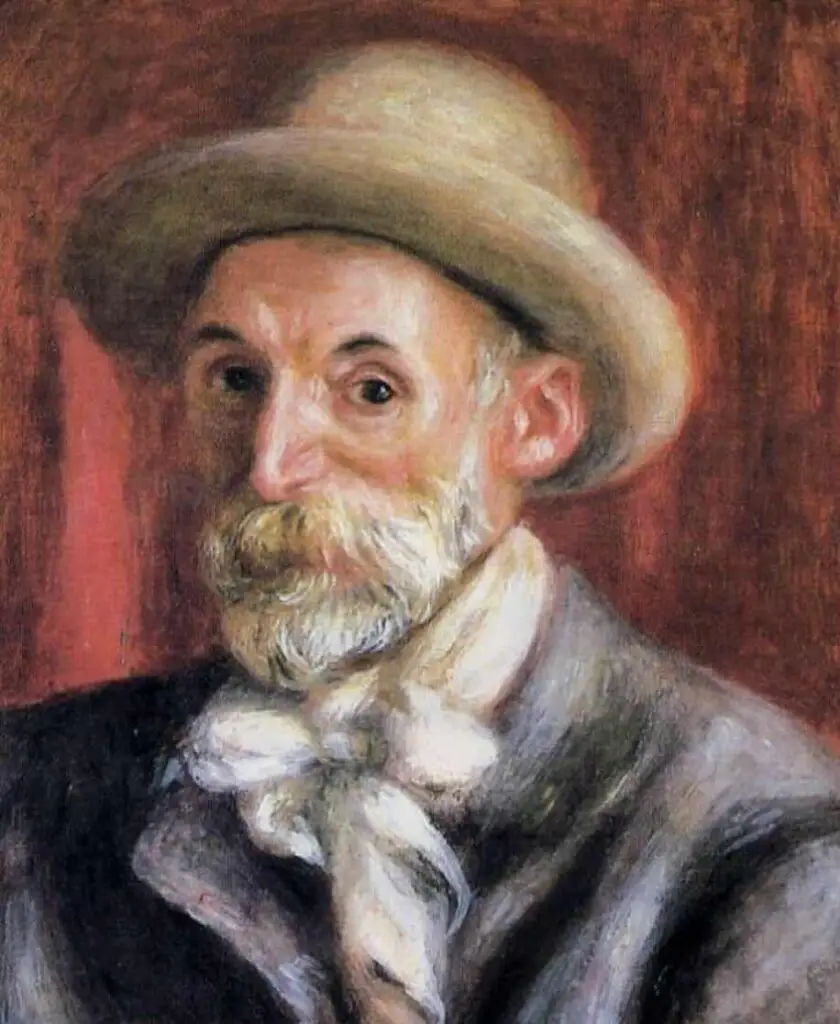
Renoir’s paintings, such as “Luncheon of the Boating Party” and “Dance at Le Moulin de la Galette,” are characterized by their vibrant colors and leisure and social interaction scenes.
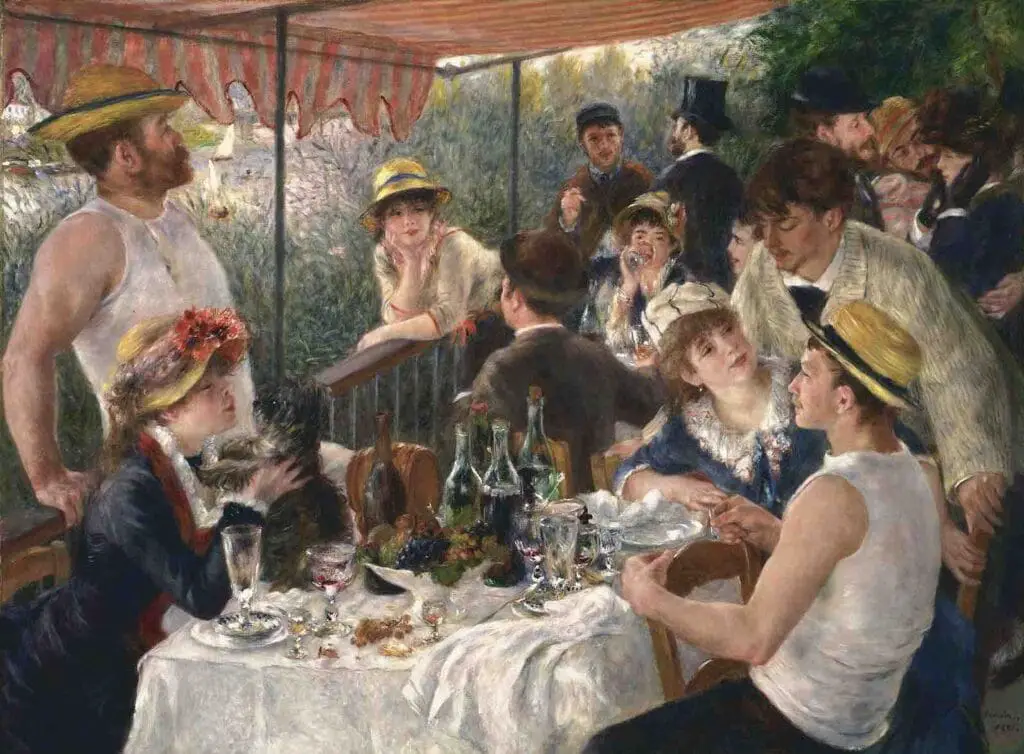
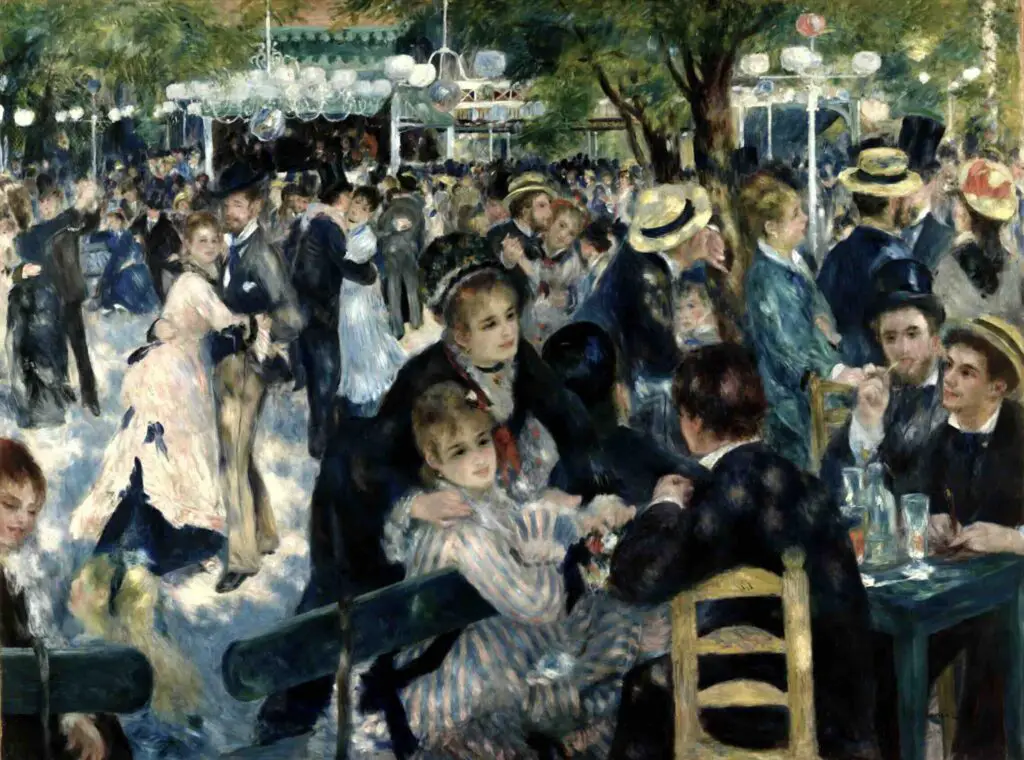
His ability to infuse his works with a sense of joy and celebration made him a central figure in the Impressionist movement.
Edward Hopper (1882–1967) – The Realist Storyteller
Edward Hopper, an American realist painter, lived from 1882 to 1967. His peak years during the 20th century marked a period of artistic exploration in capturing the solitude and alienation of modern life.
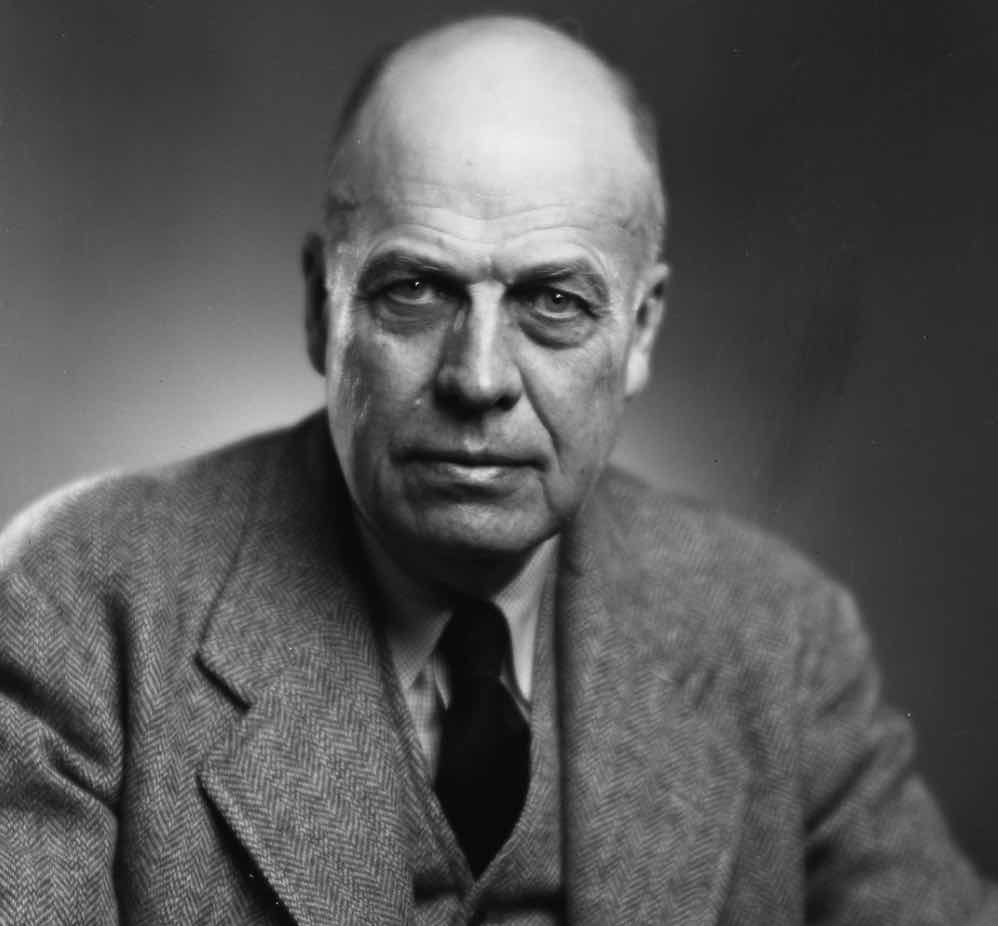
Hopper’s paintings, such as “Nighthawks” and “Automat,” are characterized by their stark realism and atmospheric quality.
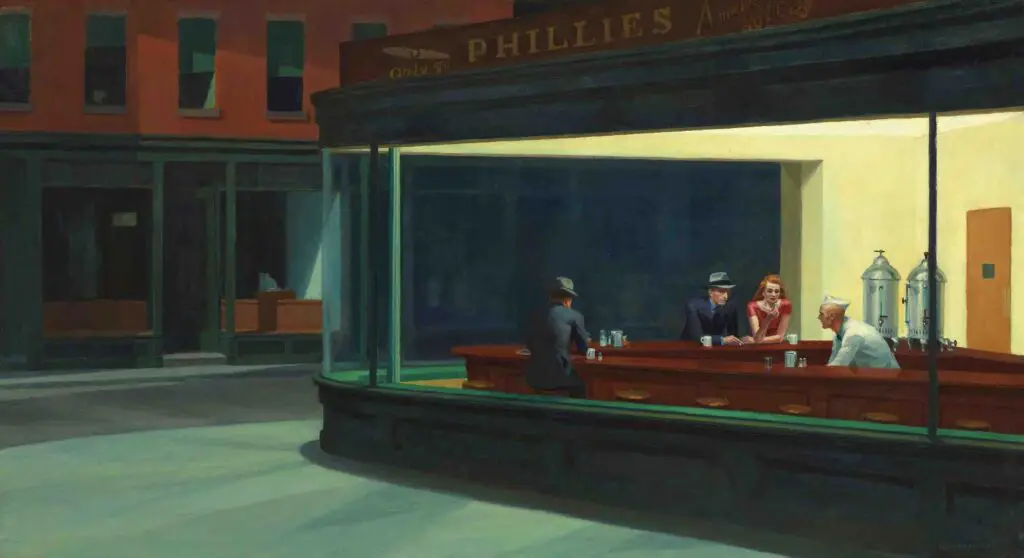
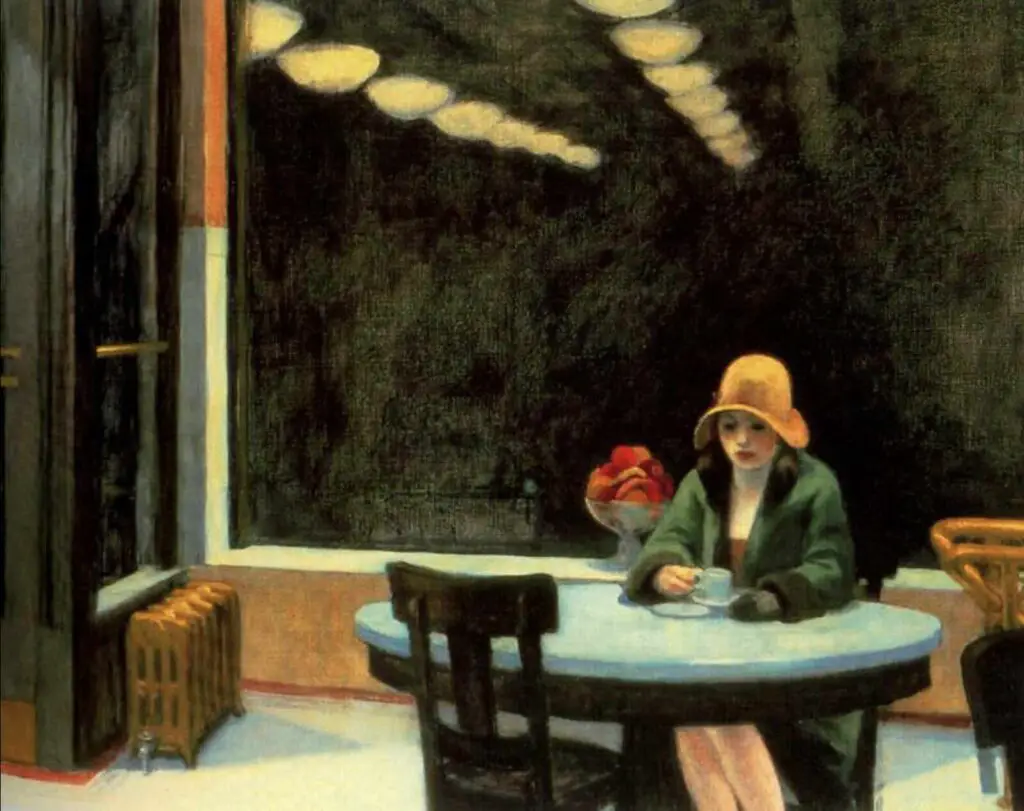
His ability to convey a sense of isolation and introspection in his urban scenes has made him a seminal figure in American art.
The lives and works of these legendary artists, spanning centuries and continents, have left an indelible mark on the art world. Their peak years were marked by innovation, experimentation, and a relentless pursuit of creative excellence.
Each artist brought a unique perspective and vision to the canvas, challenging conventional norms and reshaping art history.
From the enigmatic smile of Leonardo da Vinci’s Mona Lisa to the explosive energy of Jackson Pollock’s drip paintings, these artists transcended time and place to speak to the human experience in all its complexity.
Their ability to capture emotion, provoke thought, and inspire generations attests to the enduring power of art.
In addition to their artistic achievements, many artists grappled with personal challenges, mental health issues, and societal constraints. Their ability to channel their struggles into their art added layers of depth and authenticity to their work, making it all the more relatable and resonant for viewers.
The legacy of these artists extends far beyond their lifetimes. Their works continue to be celebrated in museums and galleries worldwide, inspiring countless artists and art enthusiasts. They have influenced entire movements and schools of thought, shaping the trajectory of art for generations to come.
As we reflect on the top artist years of these creative luminaries, including —Leonardo da Vinci, Michelangelo, Rembrandt, Johannes Vermeer, Vincent van Gogh, Pablo Picasso, Georgia O’Keeffe, Salvador Dalí, Claude Monet, Henri Matisse, Egon Schiele, Jackson Pollock, Andy Warhol, Frida Kahlo, Gustav Klimt, Paul Cézanne, Raphael, J. M. W. Turner, Pierre-Auguste Renoir, and Edward Hopper—we are reminded of the profound impact that art has on our lives. It is a mirror reflecting our world, a window into the human soul, and a bridge between cultures and eras.
Artists like these encourage us to see the world with fresh eyes, to question the status quo, and to embrace the boundless possibilities of creativity. They remind us that art is not static; it is a dynamic force that evolves, adapts, and speaks to the ever-changing nature of our existence.
In a world that often feels fragmented and fast-paced, the enduring greatness of these artists serves as a source of solace and inspiration. Their works invite us to slow down, contemplate, and find meaning in their shared colors, shapes, and stories.
As we continue to explore the rich tapestry of art history, we honor the contributions of these extraordinary individuals. Their top artist years were not merely chapters in their lives but also chapters in the ongoing narrative of human creativity. They remind us that art can transcend time and connect us to our shared humanity, offering a glimpse into the depth of our emotions, the beauty of our world, and the boundless potential of our imagination.
Anita Louise Art is dedicated to art education, great artists, and inspiring others to find and create their art. We love art that uplifts and inspires. #ArtToMakeYouSmile! #ArtToMakeYouHappy!
If you are interested to see any of my art, you can find out more by clicking here. If you are interested in what inspires me and my paintings, you can discover more by clicking here.
We have a free newsletter and would love you to be part of our community; you can subscribe to the newsletter by clicking here. If you have any questions, I would be happy to talk to you anytime. You can reach me, Anita, by clicking here.
Subscribe to our Anita Louise Art YouTube Channel with great videos and information by clicking here.
Join us for our podcast “5 Minutes With Art.” Spend just 5 minutes a week with us to discover and learn about great art and artists. You can find out more about our podcast by clicking here.
Frequently Asked Questions
Who are some of the earliest influential painters in history?
Artists like Leonardo da Vinci, Michelangelo, and Raphael from the Renaissance period are considered some of the earliest influencers. They made significant contributions to art and culture during the 14th to 17th centuries.
How did the Impressionist movement revolutionize art, and who were its key figures?
The Impressionist movement, known for its emphasis on light and color, was pioneered by artists such as Claude Monet, Edgar Degas, and Pierre-Auguste Renoir in the late 19th century. They challenged traditional artistic norms and paved the way for modern art.
What role did Pablo Picasso play in shaping 20th-century art?
Pablo Picasso, a key figure in the Cubist movement, revolutionized art by breaking down traditional forms. His innovative approach and diverse styles, including the famous “Les Demoiselles d’Avignon,” had a profound impact on modern art.
How did Frida Kahlo contribute to the art world, and what makes her work unique?
Frida Kahlo, a Mexican artist, is celebrated for her surreal and symbolic self-portraits. Her unique style often incorporates vibrant colors and explores themes of identity, pain, and gender, making her a prominent figure in 20th-century art.
Who were the major players in the Abstract Expressionist movement?
Artists such as Jackson Pollock, Willem de Kooning, and Mark Rothko were key figures in the Abstract Expressionist movement. Their emphasis on spontaneous, intuitive expression greatly influenced the post-World War II art scene.
How did Vincent van Gogh’s personal struggles influence his art, and what are some of his most famous works?
Vincent van Gogh’s tumultuous life greatly influenced his emotionally charged paintings. “Starry Night” and “Sunflowers” are among his most famous works, showcasing his distinctive use of color and texture.
What is the significance of Salvador Dalí’s Surrealist art, and what are his notable works?
Salvador Dalí was a leading figure in the Surrealist movement, known for his dreamlike, eccentric imagery. “The Persistence of Memory” and “The Elephants” are iconic examples of his exploration of the subconscious mind.
How did Georgia O’Keeffe contribute to American modernism, and what themes are prevalent in her art?
Georgia O’Keeffe, a pioneer of American modernism, is renowned for her large-scale depictions of flowers, skyscrapers, and landscapes. Her work often explores the abstraction of natural forms and the connection between art and nature.
What impact did Andy Warhol have on contemporary art, and what are some of his famous pieces?
Andy Warhol, a leading figure in the Pop Art movement, revolutionized contemporary art by elevating everyday objects to artistic status. His iconic works include the Campbell’s Soup Cans and portraits of celebrities like Marilyn Monroe.
Who are some contemporary artists shaping the art scene today?
Contemporary art is diverse, with artists like Banksy, Yayoi Kusama, and Ai Weiwei making significant contributions. Each has a unique perspective, employing various mediums and styles to address contemporary issues and push artistic boundaries.
Related Questions
What Is The Importance Of Art From The Renaissance Period?
Renaissance art is essential as it was a time of rebirth and discovery. Artists like Leonardo da Vinci, Michelangelo, and Raphael were at the forefront of that change, creation, and discovery. Renaissance art has influenced art and artists for many centuries and continues to influence artists today.
By clicking here, you can learn more by reading What Is The Importance Of Art From The Renaissance Period?.
21 Top Renaissance Artists And Their Works Of Art
When we speak of top Renaissance artists, we think of the trinity of artists like Leonardo da Vinci, Michelangelo, and Raphael. But besides these three artists, many other influential Renaissance artists remain essential.
By clicking here, you can learn more by reading 21 Top Renaissance Artists And Their Works of Art.
Greek And Rome’s Influence On Renaissance Art
The Renaissance, as a period of rebirth, was greatly influenced by the classical ancient art of Greek and Rome. During this period, many of these works of art were also rediscovered, which led to the discovery of realism, symmetry, and harmony in the arts. Greek and Roman art also influenced the subject matter of many of Renaissance artists.
By clicking here, you can learn more by reading Greek And Rome’s Influence On Renaissance Art.

